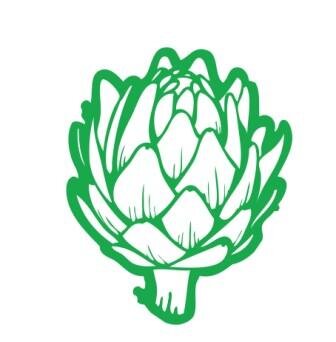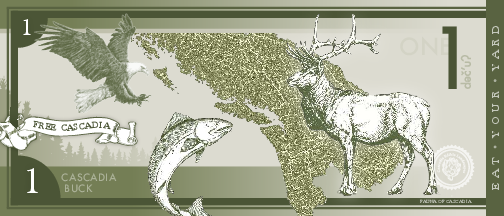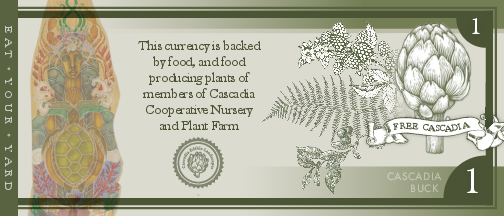Thimbleberry (Rubus Parviflorus), multiple sizes available


Thimbleberry (Rubus Parviflorus), multiple sizes available
NW Native. Soft, velvety green leaves. Fragrant white flowers produce small but edible raspberry-like fruits. Soft fruits may be eaten directly or used to make jams and jellies.
Plants are dense, upright, deciduous shrubs with no thorns. Plants spread by runners, but aren't difficult to control.
Sun: Prefers partial sun. Will grow in full sun and fairly deep shade.
Soil: Rich, well-drained soils.
Water: Water regularly, but do not overwater. Thimbleberry roots will rot in standing water.
Zones: 3 to 10.
Height/Spread: 4 to 8 feet tall and 4 feet wide.
Culture
Best grown in organically rich, slightly acidic, moist but well-drained soils in full sun to part shade. Will tolerate some brief seasonal flooding but is generally intolerant of wet soils which can cause root rot. Best fruiting generally occurs in climates with cool summers (high summer heat may stunt plants). Propagate by dormant rhizome segments, stem cuttings or seed.
Flowers and fruits are absent on new cane-like stems in the first year, but appear in the second year on overwintered stems. If flowers and fruit production are a priority, consider pruning as follows: (1) Remove canes that have fruited immediately after fruit is harvested, leaving the new vegetative (non-fruiting) canes to overwinter. Also remove at this time any non-fruiting canes that exhibit weakness or disease or are growing in strange directions. (2) In late winter, remove any canes damaged by winter and thin the remaining canes as needed, leaving only healthy, well-spaced canes.
Noteworthy Characteristics
Rubus parviflorus, commonly known as thimbleberry or western thimbleberry, is a dense, upright, multi-branched, thicket-forming, non-spiny, deciduous shrub which typically grows to 4-8' tall. It is native to forest openings, forest margins and thickets in western and northern North America from Alaska south to California, New Mexico and northern Mexico with an additional presence in South Dakota, the upper midwest and Great Lakes region. It is sometimes found on streambanks, lakeshores and along roads and railroad right-of-ways. Shrubs will typically naturalize to form thickets in the wild. Fragrant five-petaled white flowers (to 2" diameter) bloom in clusters in spring (May - July). Flowers give way to edible raspberry-like fruits which mature in mid-summer. Soft, velvety, 3-5 lobed green leaves (to 8" across) with sharp toothed margins turn attractive shades of gold and brown in fall.
Fruits may be eaten directly off the shrub or used to make flavorful jams and jellies, but are rarely commercially cultivated because they are very soft and very difficult to pack and ship without damage. Each fruit is technically not a berry but is an aggregate fruit containing numerous pubescent drupelets surrounding a central core. Carefully remove the drupelets and what is left resembles a thimble, hence the common name of thimbleberry.
This shrub is a larval host for the yellow-banded sphinx moth (Proserpinus flavofasciata).
Rubus from Latin means bramble.
Specific epithet from Latin means small flower (somewhat misleading since the flowers of this shrub are among the largest flowers found in the Rubus genus).
Problems
Leaf spots, anthracnose, botrytis, powdery mildew, spur blight, root rots, and other fungal diseases can cause problems. Watch for verticillium and/or bluestem wilt and raspberry mosaic disease complex. Cane borers and crown bores are potentially serious insect pests. Aphids can be troublesome.
Garden Uses
As an ornamental shrub, it is best grown in areas where in can naturalize. Informal hedge. Bird gardens.









